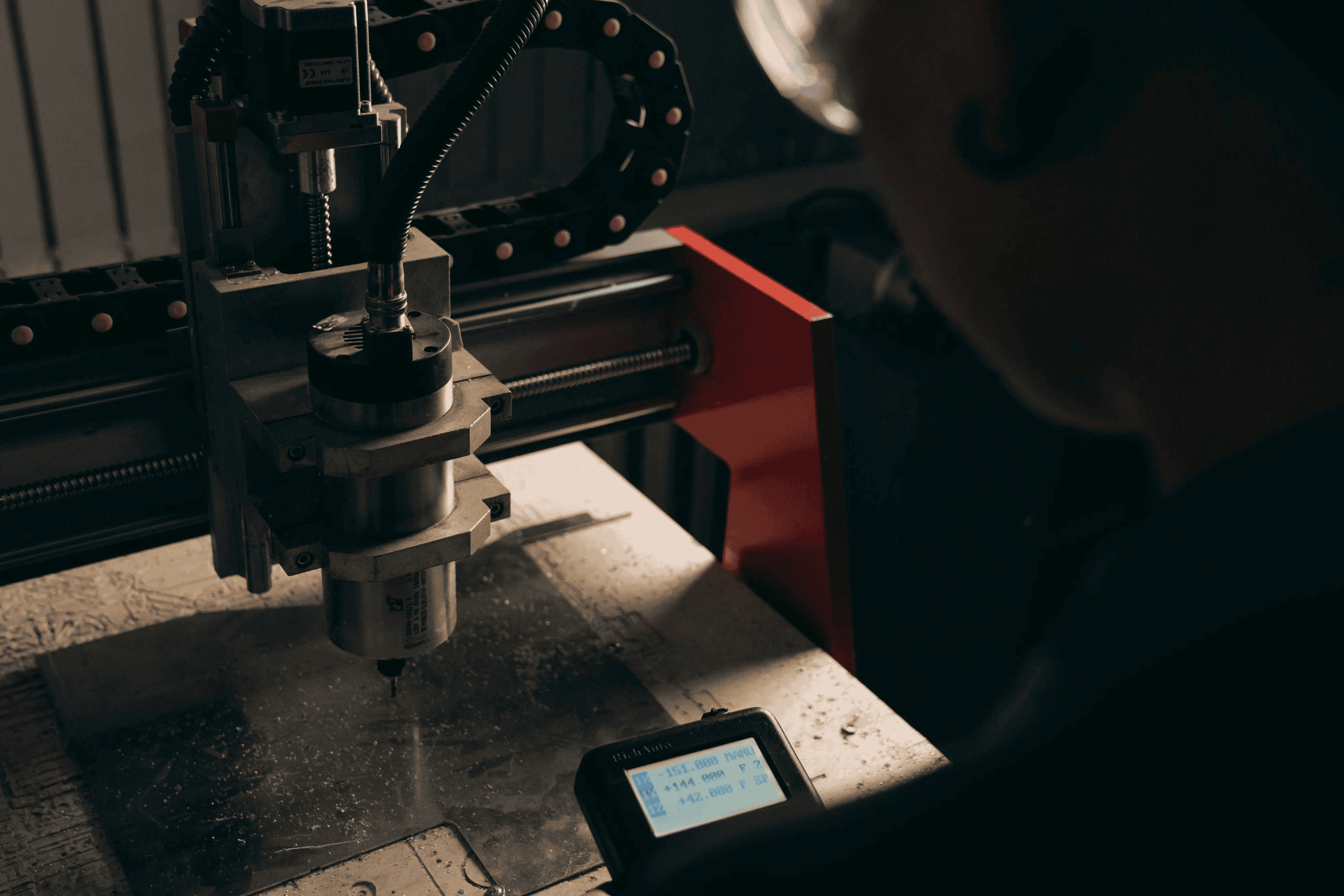Custom Fabrication

Architectural metal fabrication bridges design vision and constructability. It produces the visible hardware of a building, from curtain wall trims and sunshades to stair guardrails, canopies, gates, signage, and feature ceilings. The goal is equal parts beauty and performance. Profiles must be consistent, edges clean, joints aligned, and finishes durable under real weather, traffic, and maintenance.
Architectural metal spans many alloys. Architectural steel delivers strength and crisp lines, often powder coated or hot dip galvanized beneath a topcoat. Aluminum brings low weight and corrosion resistance with options like anodizing for consistent color and sheen. Stainless excels where hygiene or coastal exposure matters, with brushed or bead blasted finishes to control reflectivity. Brass and bronze add warmth for luxe lobbies and heritage renovations, often with controlled patinas.
Finish choice drives durability. Powder coat offers a robust film build and color variety. Anodized aluminum integrates the finish into the metal surface for long term consistency. Mechanical treatments like sanding or polishing tune texture before coating. Clear coats, fluoropolymer paints, and patina systems add another layer of protection or tone.
Tight tolerances matter because architectural metal interfaces with glass, masonry, concrete, and wood. The fabricator must deliver consistent sightlines, true angles, and reliable hole patterns so parts align on site. That means careful planning of cut sequence, bend allowances, weld size, and heat input to control distortion, then fixturing and inspection to verify results.
Architectural metal fabrication detail in stainless and aluminum for facade, railing, and canopy systems by OZK Customs
Most workflows start with shop drawings or models tied to field verified dimensions. Cutting methods include CNC plasma, laser, waterjet, and saws depending on thickness and required edge quality. Forming uses press brakes and rollers to create consistent radii and flanges. Welding follows procedures aligned to material and code, and grinding blends joints before finishing. Hardware integration includes concealed fasteners, threaded inserts, and bracketry engineered for loads and clean sightlines.
Reference standards anchor quality. For structural or hybrid elements, teams look to AISC guidance for steel and AWS D1 series for welding across steel, stainless, and aluminum. ASTM specifications define material grades and finishes. Project manuals may call for mockups, finish samples, and measurable tolerances for flatness, bow, and alignment. Good fabrication practice pairs these requirements with in process inspection and final fit checks.
Clear submittals connect design to fabrication. A coordinated set will show joint types, reveal sizes, fastener access, drainage, thermal breaks, and allowances for building movement. Field templates or laser scans reduce rework on complex geometries. Pre assembly fits, protective packaging, and labeled components speed installation and protect the finish.
Good specifications blend performance and practicality. Define material thicknesses, alloy grades, finish systems, and measurable criteria like gloss, color tolerance, and coating thickness. For exterior work, consider galvanic pairing, drainage, and maintenance cycles. Railings and guards must also meet building code and accessibility requirements for height, load, and graspability.
Architectural metal supply and lead times shape schedules. Communicate early about coil widths, sheet sizes, and mill finish availability to optimize nesting and minimize waste. When a design calls for perforation or custom patterns, confirm tooling, edge distances, and flatness after punch or laser. Designers often shorthand these categories as archi metal, but the details still rely on precise data and verified samples.
Reliable architectural metal suppliers should document material certifications, finish warranties, and traceability from order to delivery. Look for consistent packaging, clear labeling, and robust quality checks. A responsive supplier will advise on substitutions when a grade, thickness, or color is constrained, keeping the project moving without compromising design intent.
If you are moving from render to reality, partner with a fabricator who can translate drawings into accurate parts, manage tolerances, and deliver finishes that survive the jobsite. OZK Customs offers design for fabrication support, CNC cutting, precision forming, expert welding, and finishing coordination for architectural metal and architectural steel. Explore Custom fabrication at OZK to see how complex details become buildable parts, review our Fabrication services overview, and learn what sets us apart on Why choose OZK Customs.
Tell us what you need to achieve with your architectural metal supply, share drawings and site conditions, and we will propose practical joinery, hardware, and coatings that install cleanly. From one off prototypes to short production runs, our team delivers clarity, communication, and dependable timelines so your details look right and last.
Ready to turn a sketch into a finished architectural metal component that installs cleanly the first time? Share your drawings or concept notes and we will translate them into shop ready models, precise parts, and refined finishes. From prototypes to production runs, OZK Customs delivers tight tolerances, smart mounting, and dependable timelines. Tell us about your project and get a fast, practical build plan.
ADDRESS:
6159 E Huntsville Rd, Fayetteville, AR 72701
PHONE:
(479) 326-9200
EMAIL:
info@ozkvans.com